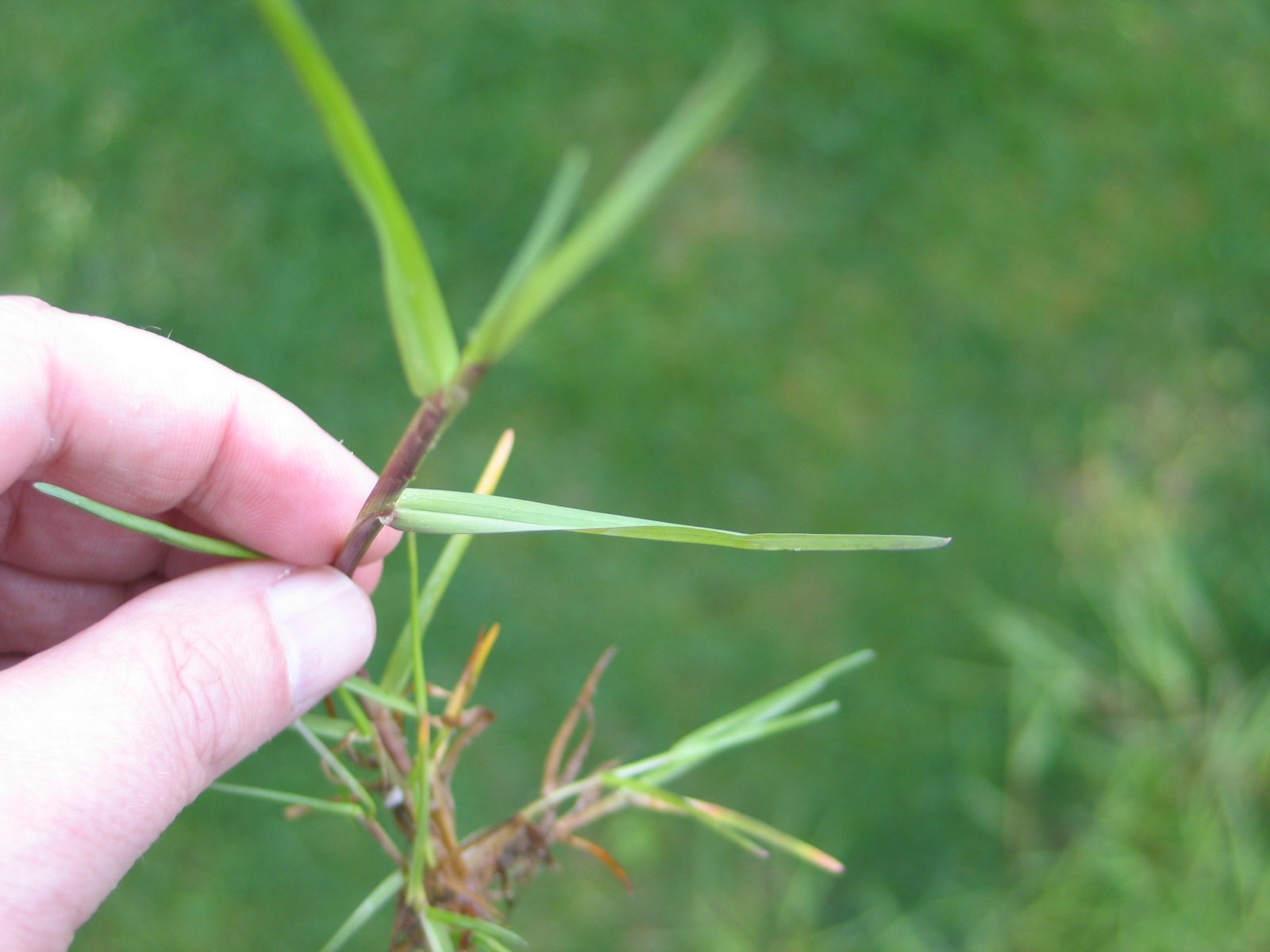Selective Control of Poa Trivialis in Cool-Season Lawns

Selective Control of Poa trivialis in Cool-Season Lawns
Mike Goatley, Professor and Turfgrass Extension Specialist, and Shawn Askew, Professor and Turfgrass Weed Scientist
The following was an inquiry from a lawn care operator in Virginia.
QUESTION (LCO): "Every year there seems to be growing concerns with Poa trivialis (roughstalk bluegrass) in cool-season lawns. Are there any options for its selective removal in cool-season turfgrass lawns?"
ANSWER (Dr. Goatley & Dr. Askew): The short answer is ‘no’, at least as far as home lawn turf management is concerned. Research continues to address the possibilities of Poa triv control in golf turf management and sod production scenarios, but to date, this plant remains one of the most difficult to control perennial grassy weeds in a lawn.
First, how do you know you have Poa trivialis? It has the characteristic boat shaped leaf tip of the Poa genus, folded vernation, and a large membranous ligule. But the defining characteristic that attracts everyone’s attention in the spring is its rapid growth rate where it towers above the desirable cool-season turf and its bright yellow-green color. It typically starts out as a small “pie-plate” size infestation, and over time it creeps in the lawn by way of weak stolons.

Spot dabbing with a non-selective herbicide such as glyphosate is a possibility when you catch the clumps early. There is also the “glove in glove” method of wearing a cotton glove over a neoprene glove, wetting the fingers of the cotton glove with a 3-5% glyphosate solution, and wiping the leaves with the wetted glove.
Where did the Poa triv likely come from? Well seed or stems can be accidentally introduced by feet or equipment, but very often the most logical introduction of the plant seems to come as a contaminant in cool-season seed, typically that which contains Kentucky bluegrass since the seed size is quite similar to each other. It is definitely more of a possible concern when one purchases cheaper, lower quality seed sources; keep this in mind because it often is a case of you get what you pay for.
One ‘saving grace’ regarding Poa triv in our transition zone cool-season lawns is that as noticeable as this plant is in the spring, it essentially seems to disappear in the summer as it fades away in the canopy during the stress of summer. You might even think it has died, but no, it turns out to be an exceptional lurker. It remains unnoticed in the canopy throughout the fall and then almost magically re-emerges stronger than ever the next spring.


